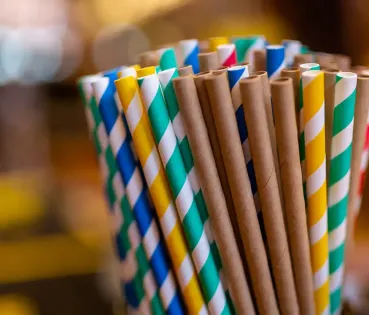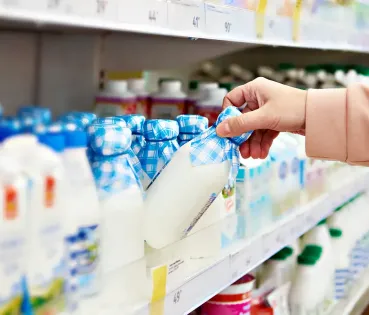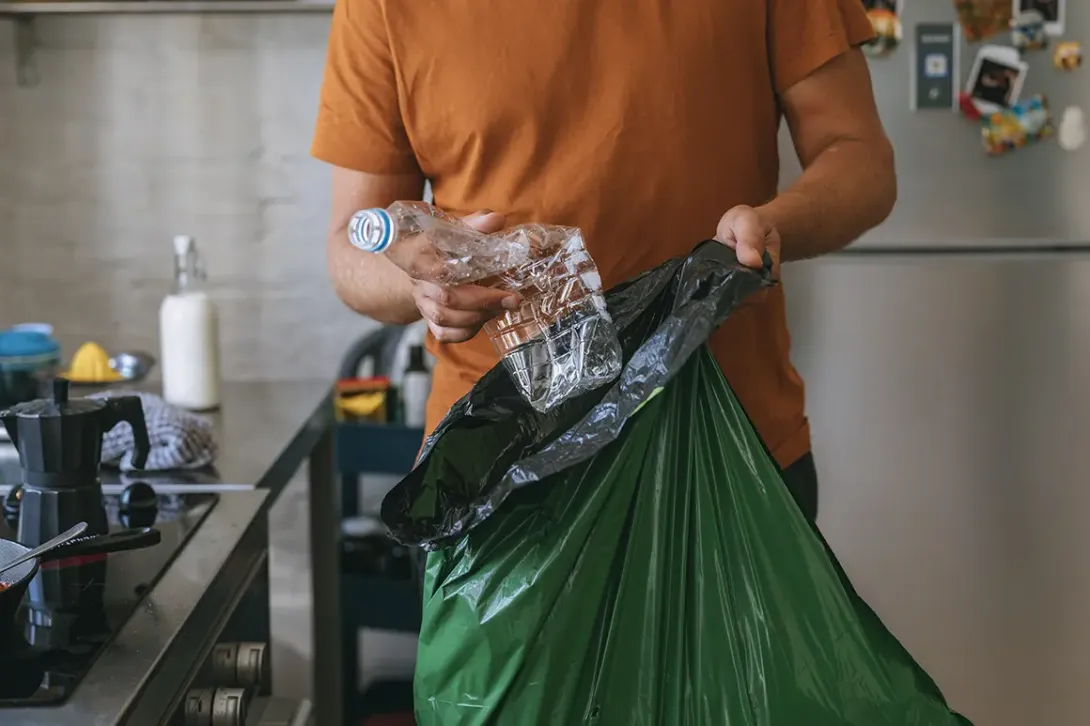
Ten items you're recycling wrong (and how to recycle them properly)
Recycling efficiently is key to reducing our environmental footprint and contributing to a circular economy, but we still make mistakes when separating waste. Find out if you are recycling these ten items the right way.
Recycling correctly is not just a responsibility, but also an opportunity to improve the impact each one of us has on the environment. With more than 1.6 million tonnes of packaging recycled in Spain by 2022, this country is making progress in its commitment to sustainability, but there are still areas which could bear improvement. By knowing what our most common mistakes are and correcting them, everyone can contribute to making their recycling more efficient and beneficial to the environment.
However, although recycling rates are improving, mistakes in waste sorting are still frequent. Here are the ten most common mistakes we make when recycling and how to correct them.
How are these elements recycled?
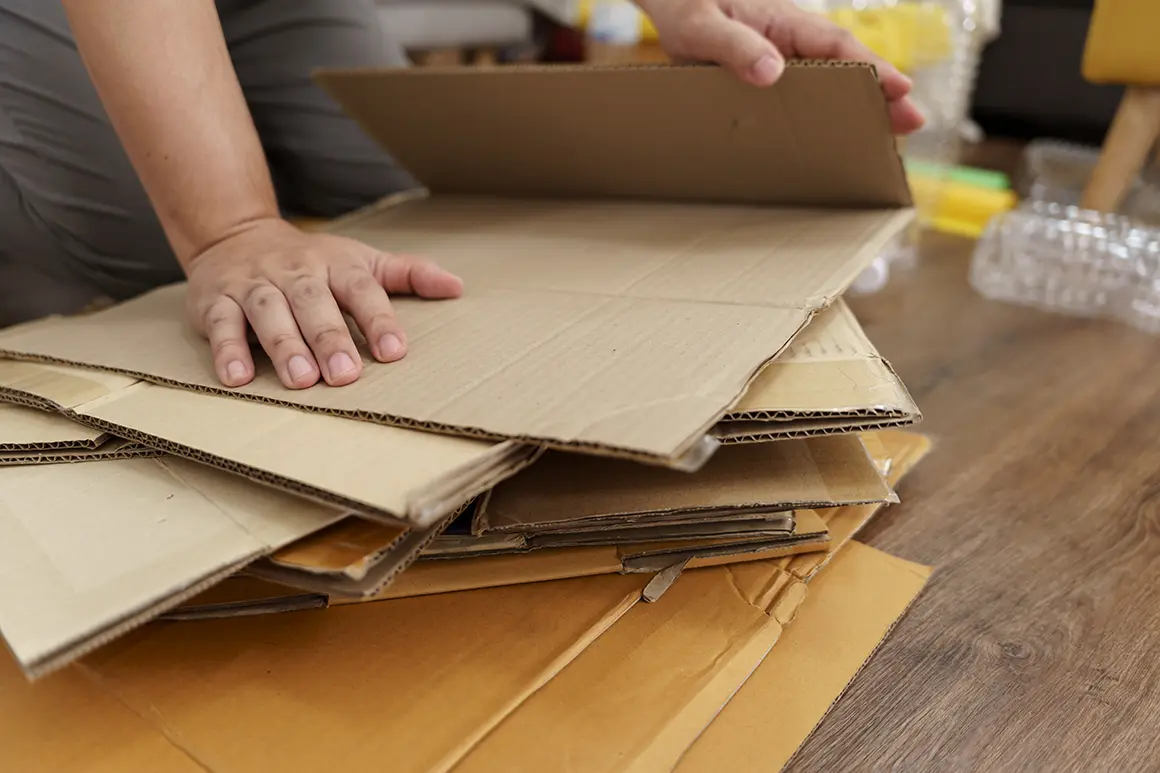
Stained cardboard and paper
1 of 10
Cardboard and paper contaminated with grease, oil or food residue, such as used pizza boxes and napkins, cannot be recycled properly. Furthermore, disposing of soiled paper in a recycling bin can lead to an entire batch of paper and cardboard becoming useless.
How can it be recycled properly? Clean paper and cardboard belong in the blue bin. Soiled or contaminated materials should be disposed of in the non-recyclable waste bin.

Bottle caps
2 of 10
Many people leave caps on bottles when recycling them, which complicates the process. Those caps, even if they are also plastic, are often made of a different type of material that needs to be processed differently.
How can we recycle them properly? Bottle caps should go in the yellow bin, but preferably separated from the body of the bottle.
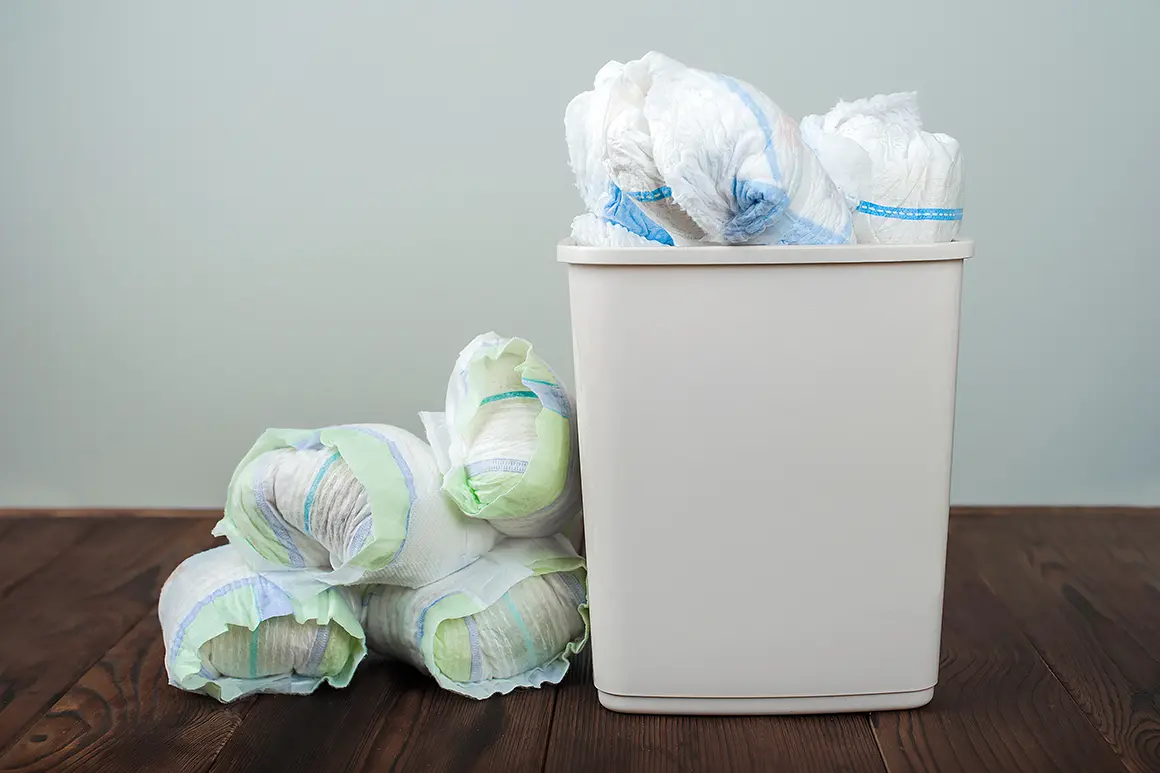
Nappies and wet wipes
3 of 10
Nappies and wet wipes often end up in the yellow bin, but these products are not recyclable and can cause problems in the waste management system.
How can we recycle them properly? Both nappies and wipes should be disposed of in the non-recyclable waste bin, never in the yellow bin, and most definitely not in the toilet.
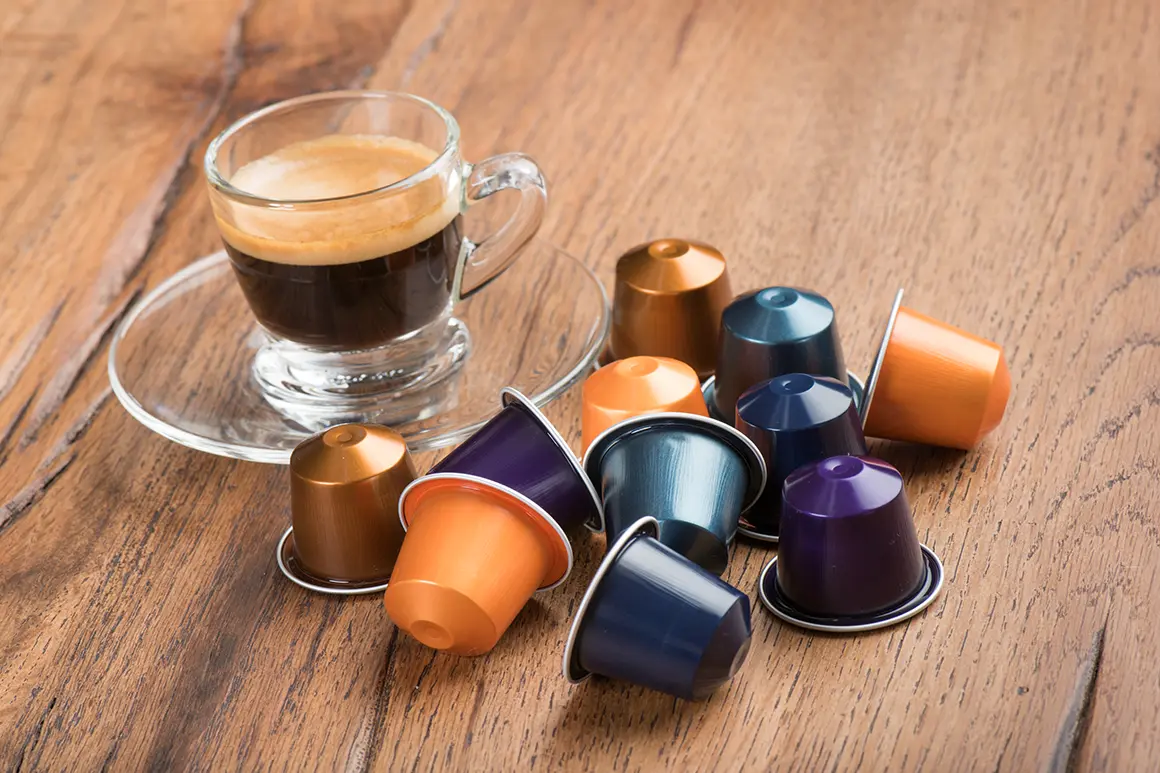
Coffee pods
4 of 10
Although they are made of aluminium or plastic, single-use coffee pods require a specialised recycling process, but are often mistakenly disposed of in the yellow bin.
How can we recycle them properly? Coffee pods should be taken to a manufacturer-sponsored drop-off point or a public recycling centre. Some brands maintain their own collection networks.
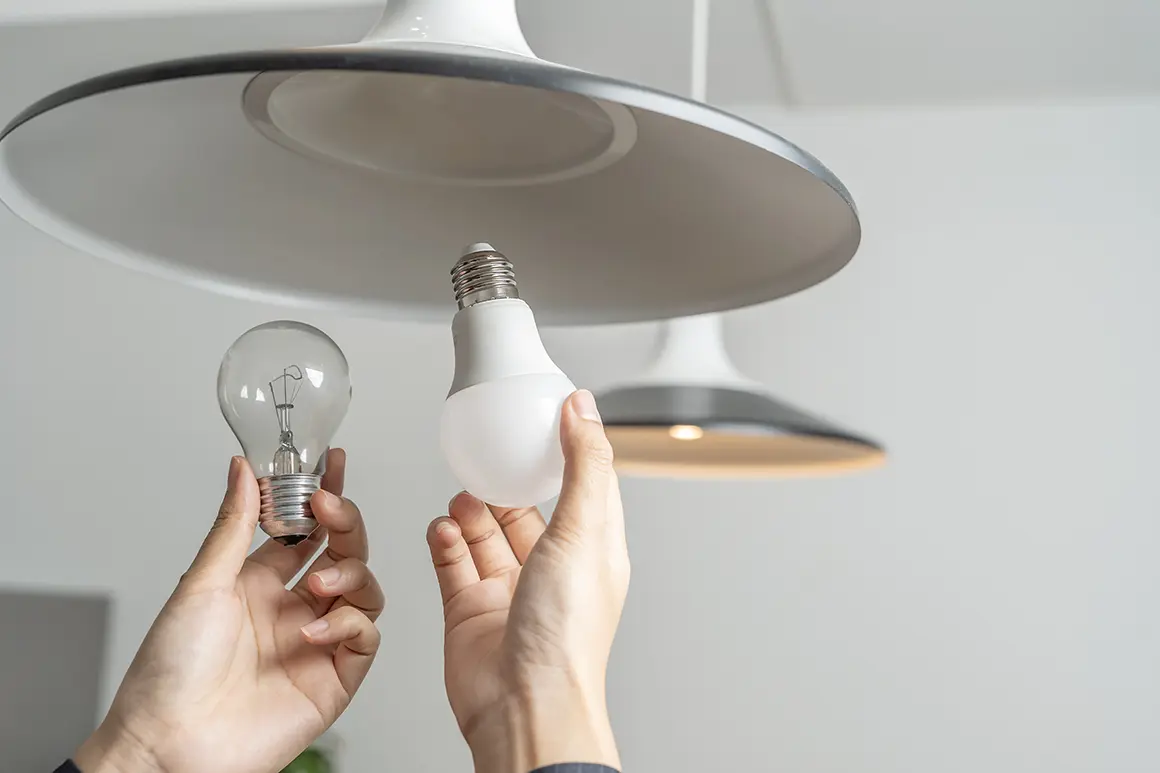
Light bulbs
5 of 10
Light bulbs are often mistaken for recyclable glass, but they contain metals and electrical components that require special processing.
How can we recycle them properly? Light bulbs should be dropped off at a recycling centre or at specific collection points for electrical and electronic waste (WEEE).
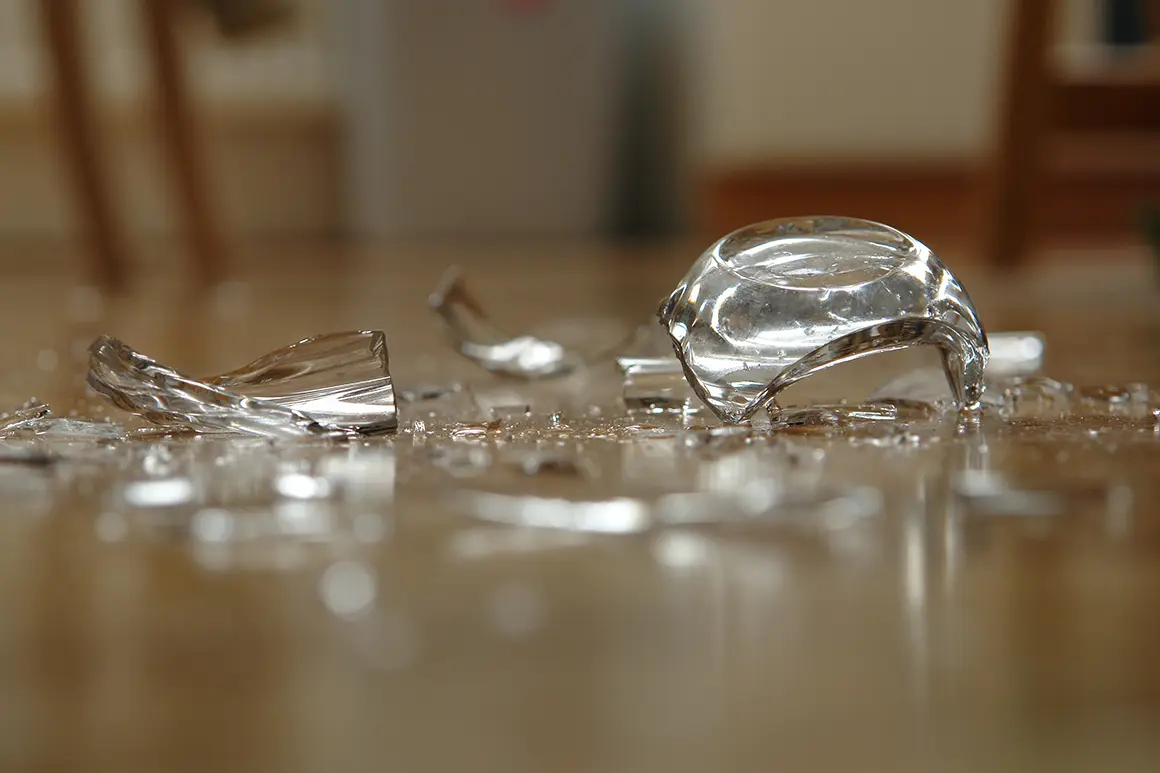
Broken glass
6 of 10
Broken glass, such as broken drinking glasses, mirrors or plates, should not go into the green container as it is not recyclable using the same process used for bottles.
How can we recycle it properly? Broken glass objects should be disposed of in the non-recyclable waste bin or at a recycling centre, depending on local regulations.
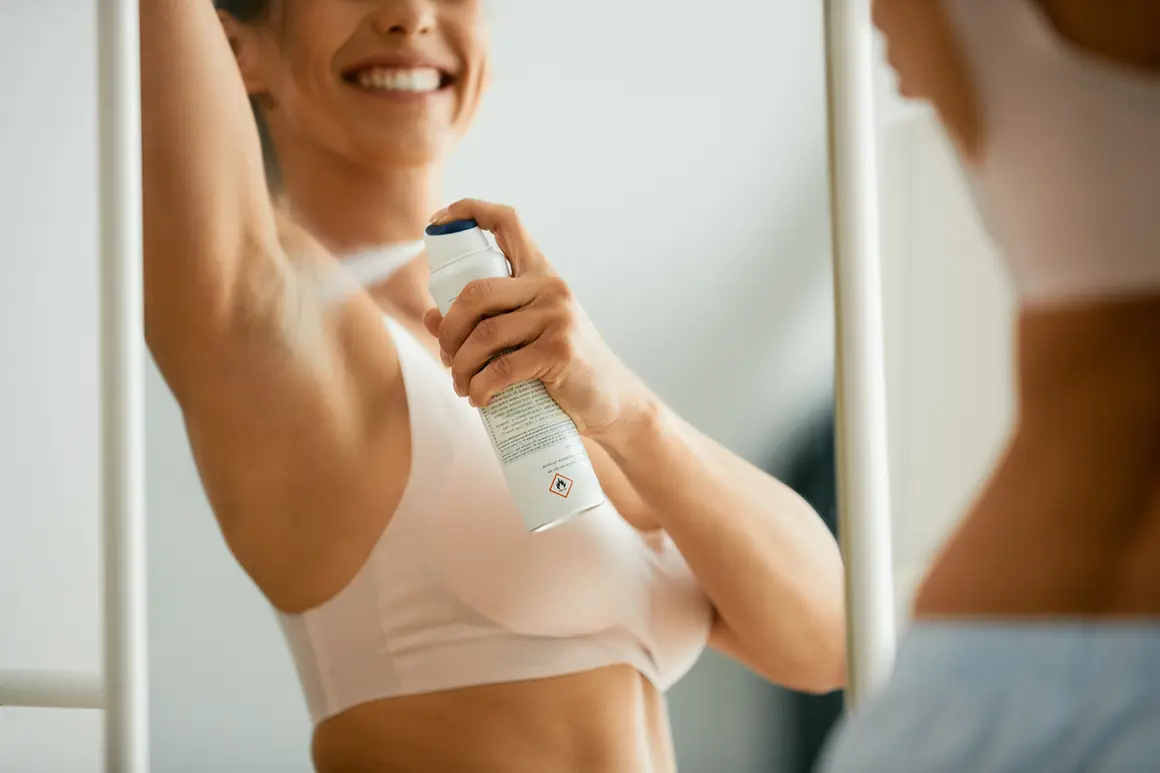
Aerosols and sprays
7 of 10
Aerosols that are not yet empty should not be deposited in the yellow bin as the gases and residues they contain can be dangerous.
How can we recycle them properly? If the aerosol can is completely empty, it can go into the yellow bin. Otherwise, it should be taken to a recycling centre.

Batteries
8 of 10
Batteries contain hazardous materials, such as mercury, cadmium or lead, which require specialised treatment to avoid polluting the environment.
How can we recycle them properly? Batteries should be disposed of at specific collection points, available in electronics shops or supermarkets, or taken to a recycling centre.
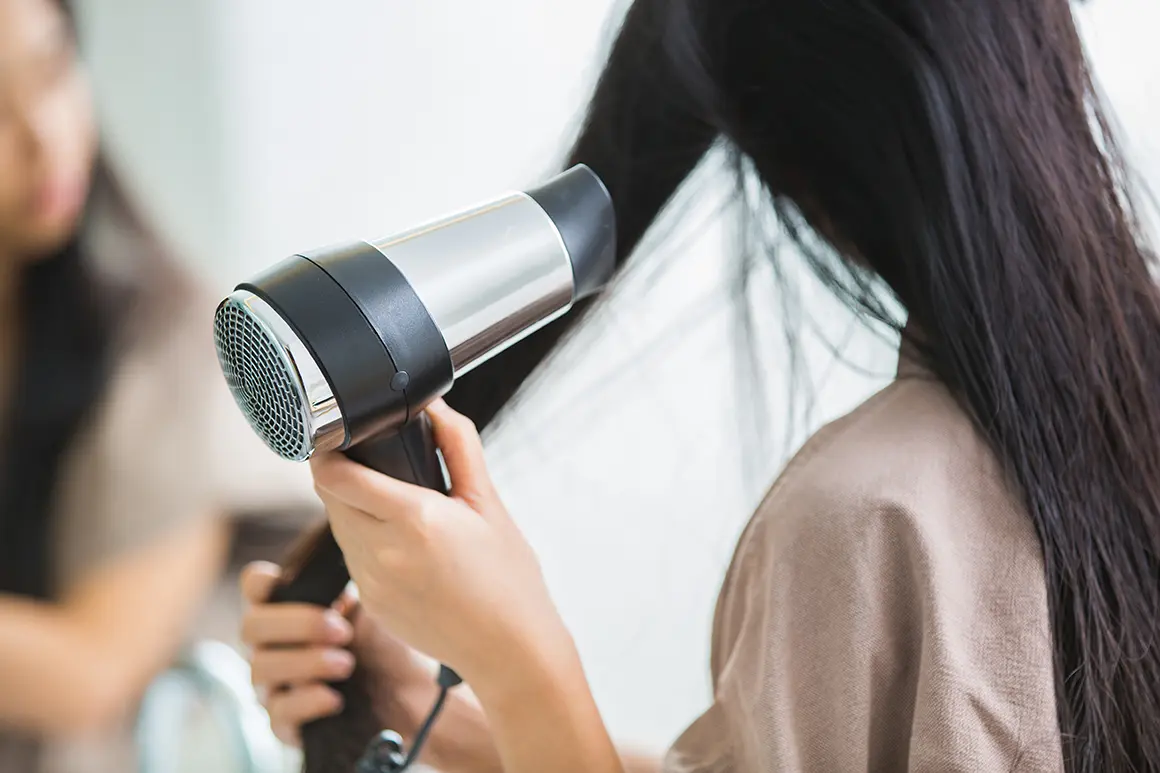
Small electrical appliances
9 of 10
It is a common mistake to dispose of small appliances, such as hairdryers or mixers, in non-recyclable waste bins. These devices contain metals, plastics and electronic components that can be recycled if properly managed.
How can we recycle them properly? Small appliances should be taken to recycling centres or disposed of through specific electronic waste collection services. Increasingly, stores that sell such devices also help dispose of them.
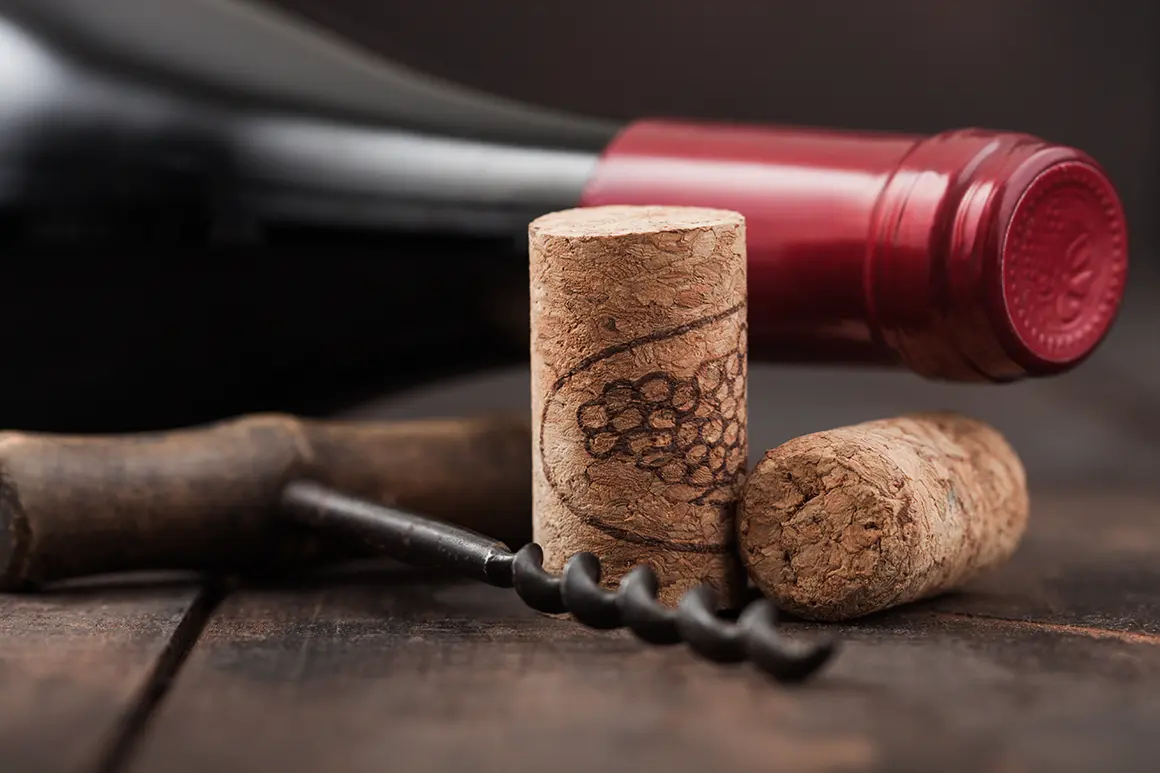
Cork stoppers
10 of 10
Cork stoppers should not go into the packaging or glass recycling bins, although many people dispose of them incorrectly there.
How can we recycle them properly? Cork stoppers can be taken to a recycling centre or disposed of through specific services organised by supermarkets or wineries.


